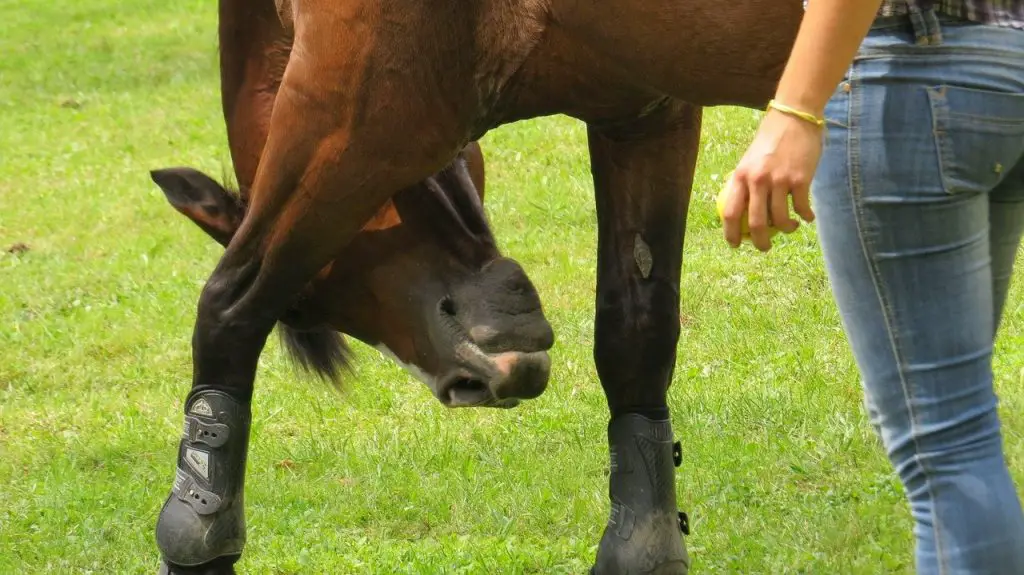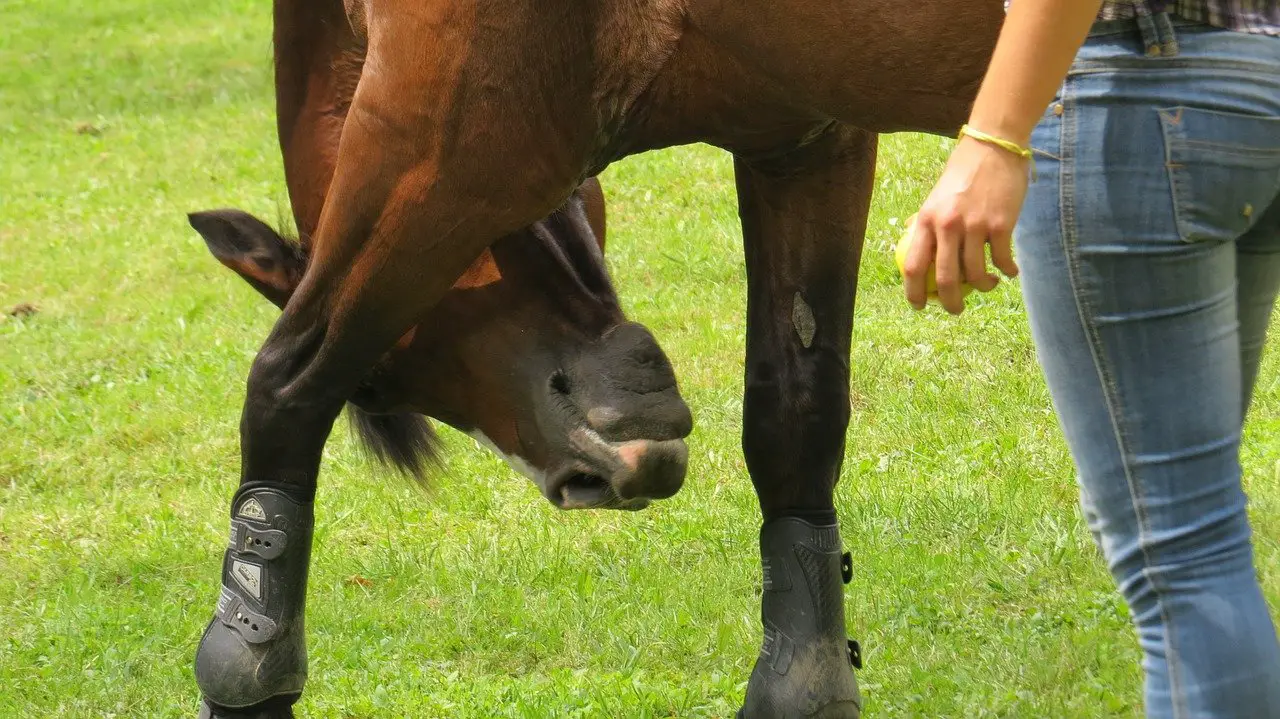Last Updated on February 21, 2022 by Allison Price
Ligaments and tendon are essential parts of the musculoskeletal, which includes muscles and bones. All of these components together provide support to the body and allow the horse’s movement and exercise.
Tendons, which are tough connective tissue bands that connect bones and muscles, are extremely strong. Tendons are made from collagen, a very tough type of protein. They are not flexible. Ligaments are connective tissue cords that wrap around joints or connect two bones together. Ligaments can stretch slightly more than tendons.
Injuries to the ligaments or tendons can occur in a variety of ways. These injuries can result in severe pain and lameness, which will prevent horses from moving freely.

Symptoms
Tendon injuries can happen suddenly, such as when you fall or over time. The tendon fibers can tear slightly each time they are subject to repetitive stress. These tears can cause inflammation to increase, which can further weaken and damage the tendon.
Inflammation manifests as pain, heat and swelling around the injury. A tendon injury can also cause a change in its appearance, weakness, hardening, or tears at the edges.
While some tendon injuries can occur quickly, others are more gradual and subtle. You can feel abnormalities and lameness in the tendon. Knowing how to perform a basic examination of a tendon can help owners identify potential problems and prevent horses from being injured.
Like tendon injuries, ligament injuries can present warning signs long before the injury is severe. These signs include foot pain, swelling, or altered conformation.
Common Injuries
Any tendon or ligament injury can cause pain in horses’ bodies. The most common tendon injuries are:
Superficial digital flexor tendon (SDFT) injury. This tendon injury is quite common in horses, particularly Thoroughbred racehorses. This tendon injury is more common in the forelimb but can also affect your hindlimb.
Deep digital flexor tendon (DDFT) injury. This type of injury can be in the forelimb or hindlimb. Most injuries occur within the hoof capsule or the capsule surrounding the tendon.
The most common type of ligament injury is:
Suspensory desmitis. The suspensory ligaments are responsible for keeping the fetlock joint in place by preventing injury. The tendon can be damaged in any part, but it is more common for athletic horses.
Treatment
The treatment for a tendon injury or ligament injury will depend on the exact location, but it may include:
There are many therapies to reduce inflammation such as supportive bandaging and anti-inflammatory drugs. Ice therapy, proper rest, and anti-pain medications.
Controlled exercise and physical therapy are based on an ultrasound and equine veterinarian’s examination of the injury. This should include regular rechecks and ultrasound exams
Surgery to treat severe injuries and relieve pain


